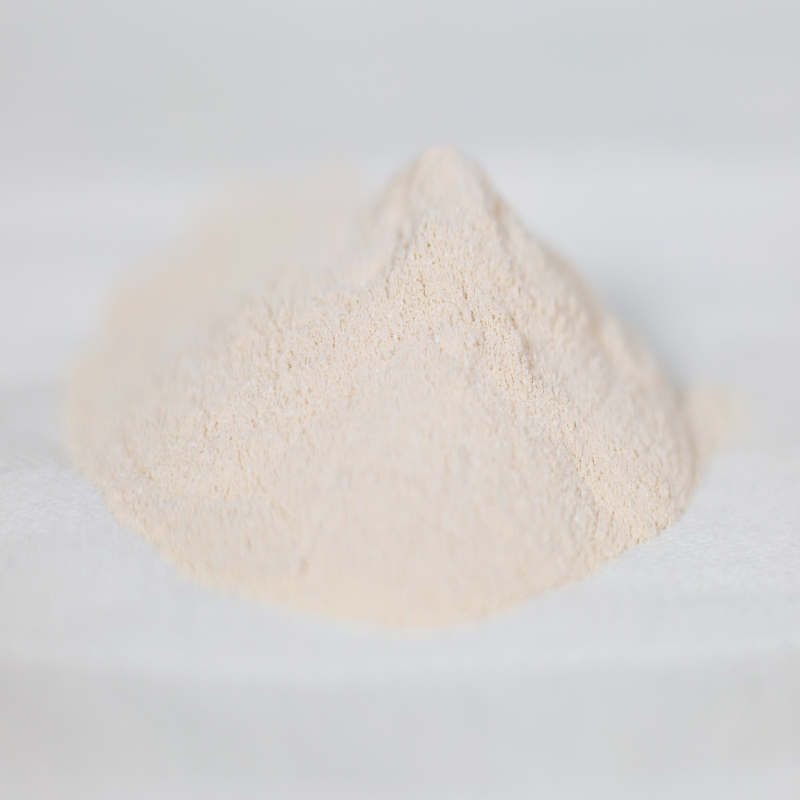-
Categories
-
Pharmaceutical Intermediates
-
Active Pharmaceutical Ingredients
-
Food Additives
- Industrial Coatings
- Agrochemicals
- Dyes and Pigments
- Surfactant
- Flavors and Fragrances
- Chemical Reagents
- Catalyst and Auxiliary
- Natural Products
- Inorganic Chemistry
-
Organic Chemistry
-
Biochemical Engineering
- Analytical Chemistry
-
Cosmetic Ingredient
- Water Treatment Chemical
-
Pharmaceutical Intermediates
Promotion
ECHEMI Mall
Wholesale
Weekly Price
Exhibition
News
-
Trade Service
Transaminases are a class of enzymes that catalyze the transfer of amino groups between amino acids and keto aci.
Transaminases are a class of enzymes that catalyze the transfer of amino groups between amino acids and keto aci.
ALT catalyzes the transamination between glutamate and pyruvate, and AST catalyzes the transamination between glutamate and oxaloaceta.
AST has the greatest activity in the heart, followed by the liver; ALT has the greatest activity in the liv.
Determination of transaminase activity in blood can be used as a diagnostic indicator in clinical practi.
Elevated transaminases do not necessarily mean liver damage! Elevated transaminases do not necessarily mean liver damage! Elevated transaminases do not necessarily mean liver damage!
When the liver cells are damaged by inflammation, necrosis, poisoning, e.
When the liver cells are damaged by inflammation, necrosis, poisoning, e.
1 % liver cell damage can double the concentration of ALT in the bloo.
Therefore, ALT levels can be more sensitively monitored for liver dama.
High transaminases are not necessarily all hepatit.
There are 7 reasons for elevated transaminases ! There are 7 reasons for elevated transaminases ! There are 7reasons for elevated transaminases!
Diseases of the liver itself: especially various types of viral hepatitis, cirrhosis, liver abscess, liver tuberculosis, liver cancer, fatty liver, hepatolenticular degeneration, e.
Diseases of the liver itself: especially various types of viral hepatitis, cirrhosis, liver abscess, liver tuberculosis, liver cancer, fatty liver, hepatolenticular degeneration, e.
Diseases of other organs: In addition to the liver, other organs and tissues in the body also contain this enzy.
Biliary duct and pancreas disease: Because transaminase is excreted from the bile duct, if there is bile duct, gallbladder and pancreas disease, bile duct obstruction can also increase transamina.
Drug-induced or toxic liver damage: Drug allergy can cause elevated transaminases, often accompanied by cholestatic jaundice and hepatocellular dama.
Pregnancy: normal pregnancy, pregnancy toxicity, acute fatty liver of pregnancy, e.
Bad living habits: long-term alcoholism leads to alcoholic liver, or unreasonable diet structure leads to fatty liver, resulting in elevated transaminas.
Bad Habits: Bad Habits:
Other conditions: Transaminase levels in healthy individuals may also temporarily exceed normal rang.
Strenuous exercise, over exertion, or having recently eaten greasy food may all temporarily increase transaminas.
If you work overtime the night before the transaminase test, don't sleep well, or eat fried food for breakfast before the test, the test results may be outside the normal ran.
A person who has just run a few laps in the playground and immediately checks his transaminase level may also be higher than the normal ran.
Strenuous exercise, over exertion, or having recently eaten greasy food may all temporarily increase transaminas.
If you work overtime the night before the transaminase test, don't sleep well, or eat fried food for breakfast before the test, the test results may be outside the normal ran.
A person who has just run a few laps in the playground and immediately checks his aminotransferase level may also get higher than norm.
Other cases: Other cases:leave a message here






